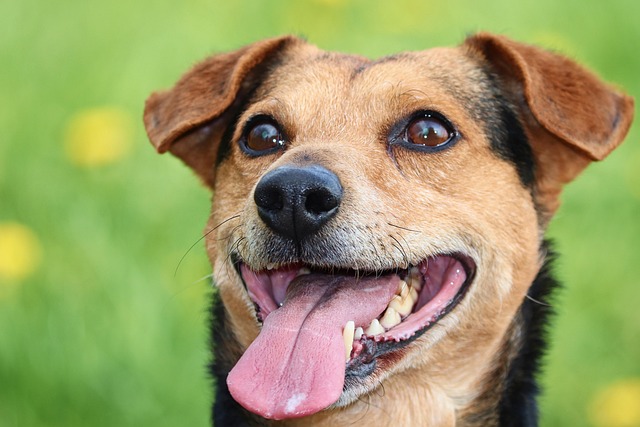
How do i train my dog to be obedient?
Watching your dog dart across the park ignoring your calls isn’t just frustrating—it can put them at risk near busy streets or public spaces.
Small dogs have big personalities, but their tiny bladders mean potty training demands extra patience. Start by mapping their schedule—puppies under six months need a trip outside first thing in the morning, after meals, naps, playtime, and right before bed. Even adult toy breeds thrive on this routine; consistency turns chaos into predictability.
Choose a designated spot in your yard or a nearby patch of grass. Carry them there instead of letting them wander—this prevents accidents mid-route and teaches them to associate that specific area with relief. Bring treats in your pocket; a tiny piece of chicken or a training biscuit, paired with enthusiastic praise like “Good potty!”, makes the connection stick faster.
Watch for telltale signs: circling, sniffing, or sudden restlessness. If you miss these and an accident happens, stay calm. Scolding after the fact confuses them—they won’t link the punishment to the mess. Instead, clean it thoroughly with an enzymatic cleaner to eliminate odors that might draw them back.
 For city dwellers without yards, pad training can work, but aim to transition to outdoor spots as they mature. Many urban areas have strict leash laws and waste disposal rules—always carry bags and dispose of waste properly to avoid fines. Some cities even restrict where small dogs can relieve themselves, so check local ordinances to stay compliant.
For city dwellers without yards, pad training can work, but aim to transition to outdoor spots as they mature. Many urban areas have strict leash laws and waste disposal rules—always carry bags and dispose of waste properly to avoid fines. Some cities even restrict where small dogs can relieve themselves, so check local ordinances to stay compliant.
Age matters. A Chihuahua puppy can’t hold it as long as a two-year-old Yorkie. Adjust expectations accordingly—puppies need breaks every 1-2 hours, while adults can manage 4-6 hours. Never use crate training as punishment; the crate should be a safe space, not a consequence. A crate that’s too large might encourage them to potty in one corner, defeating the purpose.
Mistakes happen, even with the best plans. If your tiny dog has a setback, revisit the routine. Maybe you skipped a post-meal outing, or their environment changed. Dogs thrive on stability, so minor adjustments often get training back on track. Remember, small breeds often take a bit longer than larger dogs—their size doesn’t equal faster results.
By combining a steady schedule, positive reinforcement, and awareness of local laws, you’ll help your tiny companion master potty training. It’s not just about convenience; it builds trust and strengthens the bond between you. Before long, those frequent trips outside will become a well-orchestrated routine—one that keeps both of you happy and your home clean.

Watching your dog dart across the park ignoring your calls isn’t just frustrating—it can put them at risk near busy streets or public spaces.

New puppy owners often find themselves rushing to clean up accidents before they set in, and that’s where puppy pad training becomes a game-changer.

If you've noticed your dog's waistline disappearing and your veterinarian has mentioned those few extra pounds, your first instinct might be to simply reduce the amount of food in their bowl.

Training a dog to use a designated spot indoors isn’t as daunting as many new owners fear, but it does take consistency and an understanding of your pet’s needs.

That moment of dread on a walk is all too familiar for many new dog owners. You see another dog approaching down the sidewalk of your neighborhood

If the sight of another dog on your neighborhood walk makes your heart sink as your own dog erupts into a frenzy of barking and lunging, you're not alone.